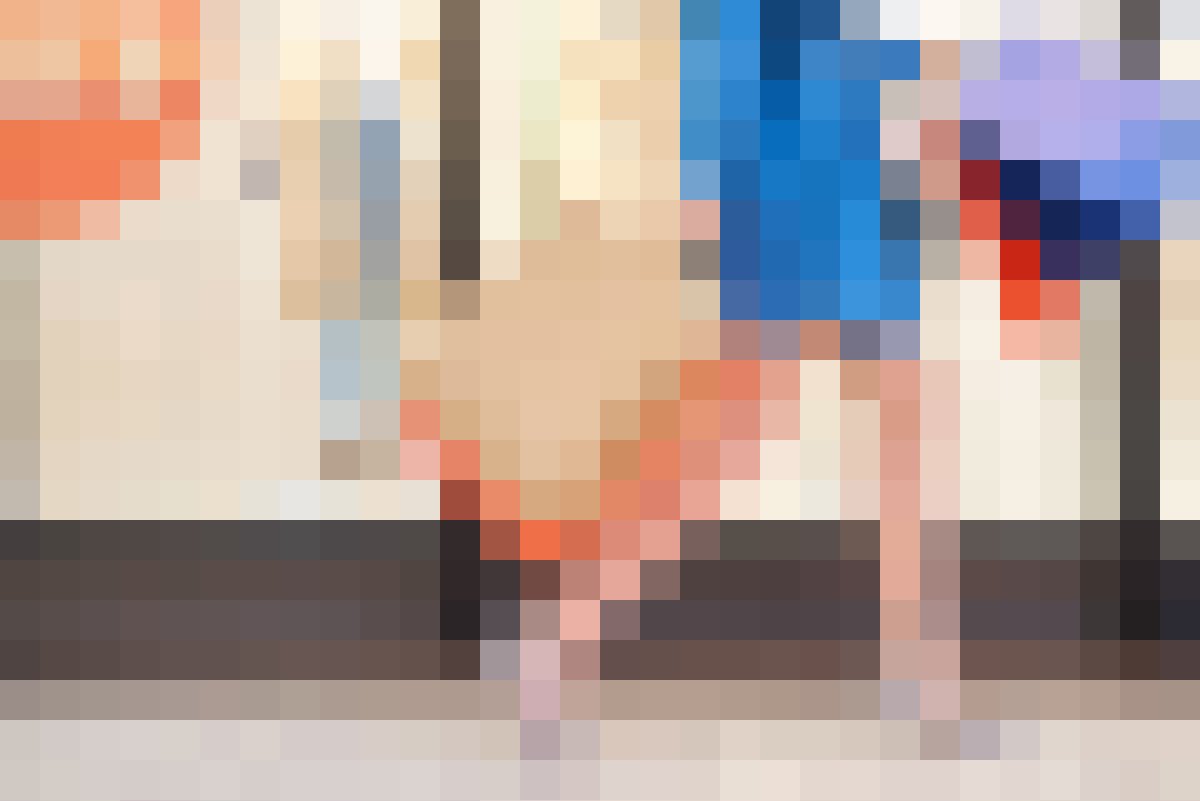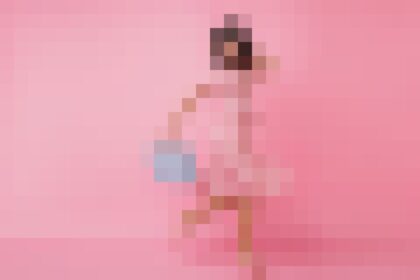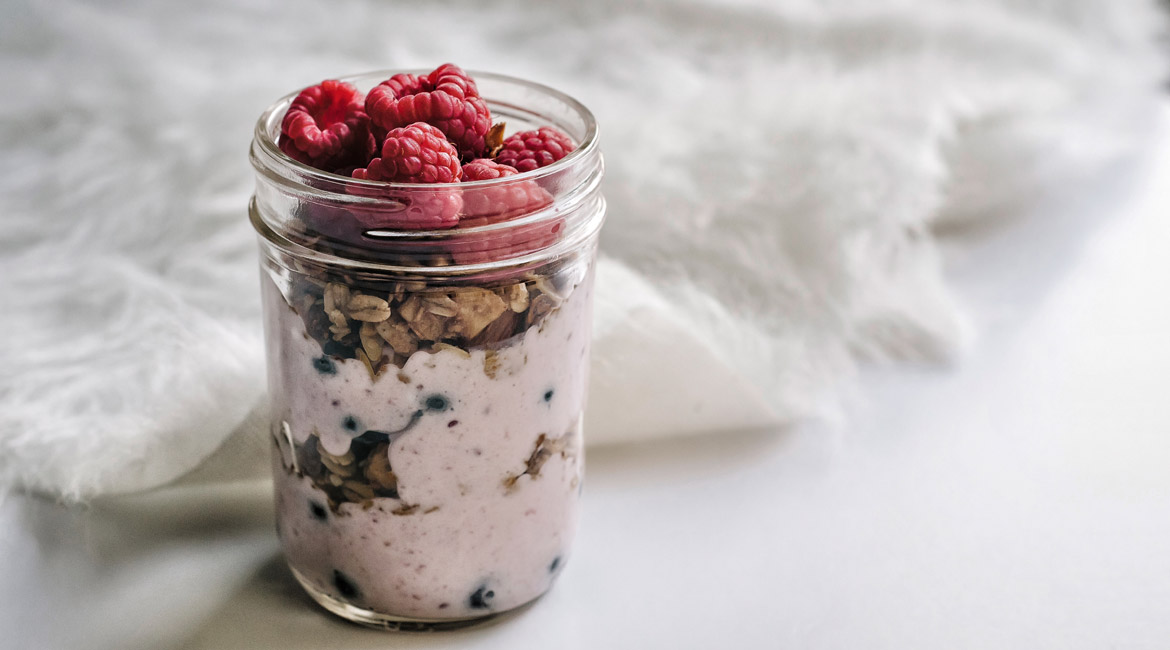Latest Fashion News
Hidden Ways To Save Money That You Might Be Missing
Good web design has visual weight, is optimized for various devices, and…
The Best Street Style From Paris Fashion Week Spring
Good web design has visual weight, is optimized for various devices, and…
Start Your Perfect Morning with Muesli
This week, the Louvre Museum in Paris was even forced to close…






